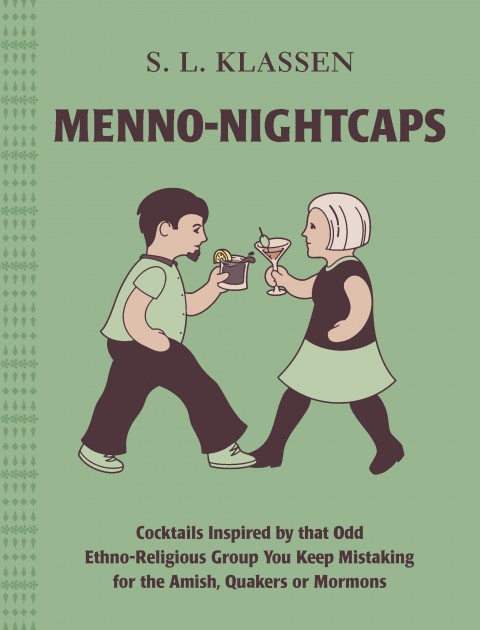 Actually, I have a couple of confessions — I have the Schleitheim Confession and the Dordrecht Confession and the most recent Confession of Faith from a Mennonite Perspective that really needs a snazzier title.
Actually, I have a couple of confessions — I have the Schleitheim Confession and the Dordrecht Confession and the most recent Confession of Faith from a Mennonite Perspective that really needs a snazzier title.
I am developing a little collection of confessions.
They’re not lurid confessions of wrongdoing. At least not at first glance. Only a few of them have anything at all outrageous in them. Unless you find talk of abomination lurid. Which I kinda do.
But that sort of language went out of fashion a couple of centuries ago. Which is a good thing, really, because it can’t have been fun to live in that worldview.
Mennonites don’t like to think that we’re into creeds. We don’t stand up every week and recite statements of belief. We don’t typically use a formal catechism with set questions and rote answers.
But we have certainly written our fair share of Confessions of Faith over our short 500-year lifetime. Confessions made to persecutors in defiance, confessions to remind each other what we have in common, confessions to clarify the line that separates us from them. Whoever they might be (abominations, probably).
Admittedly, we’ve also gone pretty long periods of time without writing up confessions. The Dordrecht Confession lasted a ridiculously long time despite changes in practice and variation in interpretation. Not that this was a period of unprecedented Church unity. Many of the schismatics just somehow knew in their hearts that a Confession wouldn’t lead to anything better.
They had a point.
I can see the appeal of wanting a single document that sets out once and for all just what it is that we stand for. It’s awful tiring following that moving target of Mennonite belief and identity. But no one ever said that being Mennonite among other Mennonites — or even understanding what being Mennonite involves — would be easy.
Here’s a primer:
- The first rule of being Mennonite among other Mennonites is that we must never agree completely on what we believe and how we should live.
- The second rule of being Mennonite among other Mennonites is that we must also never agree upon the use and value of a document that purports to state what we believe and how we should live.
There are only two rules but I expect they’ll be contested.
The current Confession of Faith from a Mennonite Perspective was written when the General Conference Mennonites and the Mennonite Conference came together in 1995. Unaware of the second rule of being a Mennonite among other Mennonites, these unity-loving Mennos drafted up a document. And they outlined, in the introduction, six sometimes contradictory functions for the Confession.
I don’t like any of them but I do find the Confession of Faith to be a nice little conversation starter. “So, how about that Confession of Faith?” is a handy little ice-breaker when there’s a lull in the conversation at a Mennonite cocktail party. It doesn’t actually end the lull, but it does turn it awkward. And clear the room.
And, of course, there’s the party game for when things really gets rolling. Everyone has fun when you pull quotes from our various Confessions and start up a rousing game of Name that Confession! (hint: if it talks about abomination, it’s probably Schleitheim).
Wait until your guests have all had a couple of drinks before that one.
The Confession of Faith
The recipe for the Confession of Faith cocktail is not as precise as many of my cocktail recipes. It serves a number of functions. First, it is a guideline for appreciating the ingredients and flavours, but the ingredients themselves should be understood as the true authority. Even as you use this recipe, you should also feel free to let the spirit guide you in your pouring and measuring. Nonetheless, it is good to have a recipe as a source of unity and so that when others ask for the recipe, we have something to give them. It is also a useful teaching tool.
- about 2 oz gin
- a few drops of dry vermouth
- about 1/2 oz of elderflower liqueur
- pickled beans for garnish
Mix the gin, vermouth and elderflower in a mixing glass and pour over ice into a cocktail glass. The Confession of Faith shouldn’t be too watered down. Add some ice but don’t let it melt. Thread the pickled beans onto skewers to garnish.
The result is a complex drink that, I expect, no one will be entirely satisfied with. The elder is there to satisfy the elders, but it probably won’t. Go ahead and tinker with it. You don’t need a 2/3 majority of the assembly to mess with this Confession.

